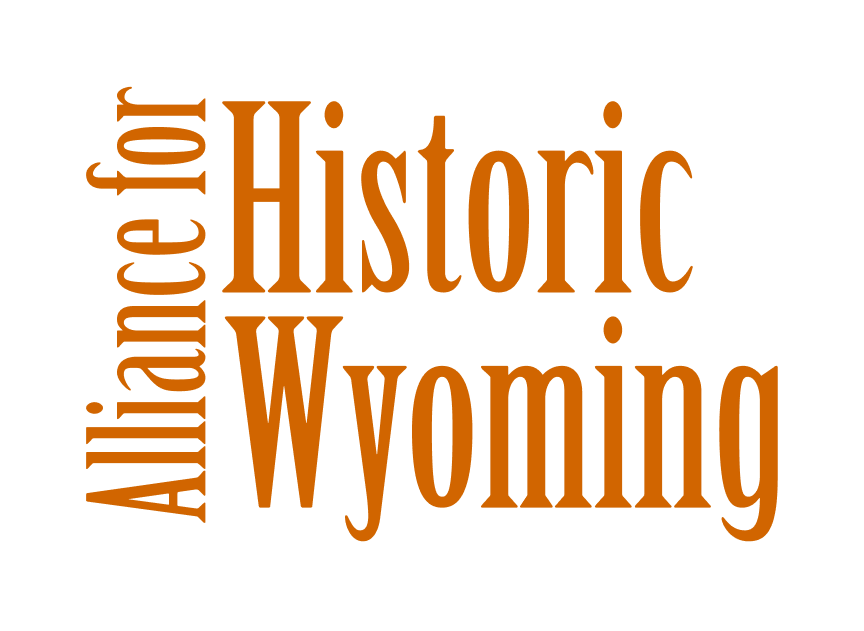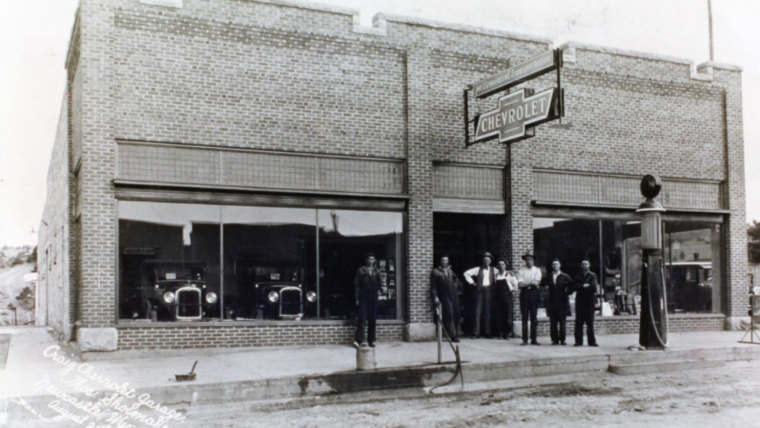By Luke Anderson
July 28, 2015
The Preston Cow Barn is located in Star Valley near the town of Bedford, Wyoming. The barn is characteristic of early 20th century prairie barns around Wyoming, similar to the Mankin Barn in Gillette, the Miller Barn near Newcastle, and the Moulton Barn in Grand Teton National Park among others.
Preston Cow Barn, Bedford, Wyoming
Preston arrived in the area in the late 19th century as a Presiding Bishop of the LDS church. He sent his son to settle and develop the homestead ranch that was acquired and became known as the Preston Estate, where he built the house and the barn on the property. The barn has stood for over 100 years and is representative of the longevity of the five generation ranching legacy of the Preston family. The continual use of the property as a ranch since its establishment in the late 19th century truly honors the history of the area and those who came before.
The 31 foot tall Preston Cow Barn is a defining feature of the Star Valley region in western Wyoming, and pays tribute to Wyoming’s rich history of agriculture and strong relationships with the land. The fine craftsmanship of the two-story barn’s original construction by this Star Valley pioneer has kept the structure standing, although years of harsh winters have weathered the barn considerably.
LIKE WHAT YOU JUST READ?
- Browse our archive of Historic Places and Spaces Profiles by clicking here.
- To learn about all of our campaigns and initiatives, click here.
- Subscribe to our newsletter to learn more about what’s going on in Wyoming.
- Donate or become a member to help us produce stories, organize events, and be a voice for preservation across the state.
- Like us on Facebook, and follow us on Twitter and Instagram to see our latest updates!
The Preston Cow Barn project was funded in part by a Historic Architecture Assistance Fund grant, and completed by Myers Anderson Architects. The program is offered by the Alliance for Historic Wyoming in partnership with Wyoming Main Street and the Wyoming State Historic Preservation Office, and is made possible by a grant from the Wyoming Cultural Trust Fund.






